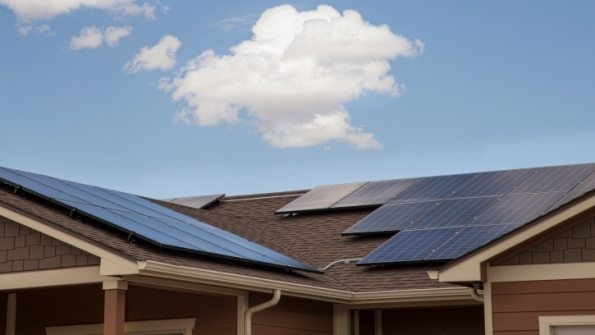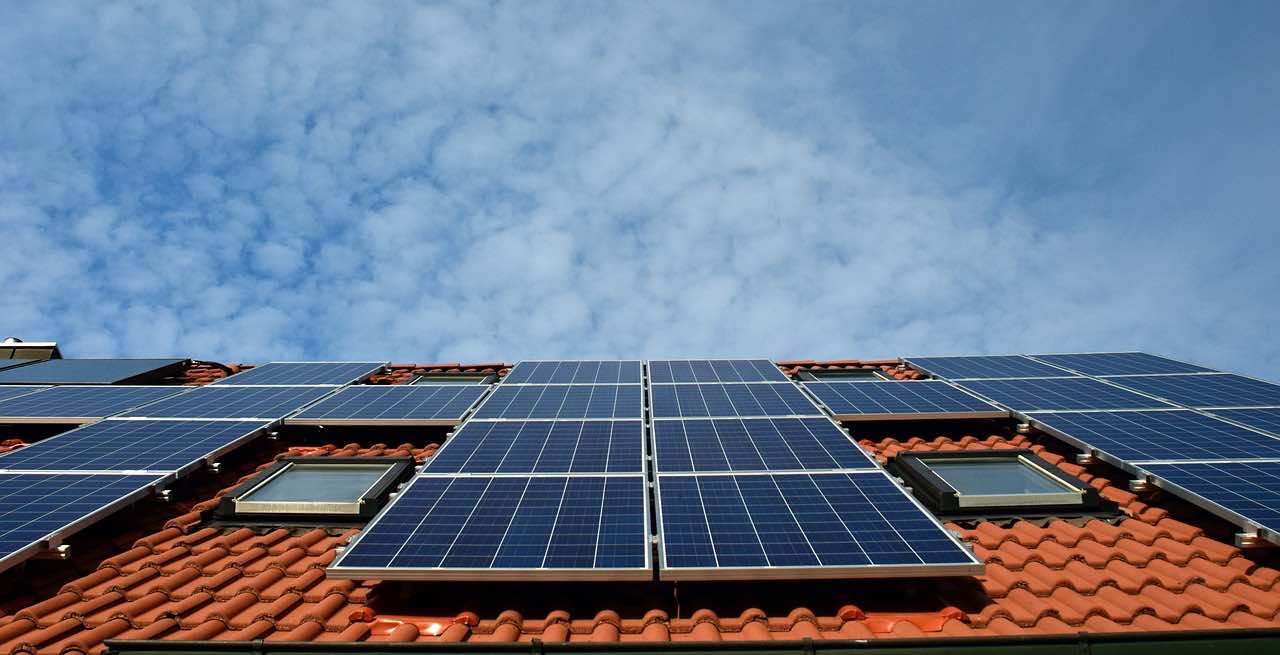
New South Wales pricing regulator, IPART, has flagged another “likely” reduction to the state’s recommended – and entirely voluntary for retailers – feed-in tariff for rooftop solar power exported to the grid, as it prepares to set new benchmarks for the next three financial years.
IPART said on Tuesday it was seeking feedback on its approach to calculating solar feed-in tariff benchmarks for NSW customers – as well as customer views on their experiences as small solar generators – ahead of publishing a 2021-22 determination in June.
“Over the next four months, IPART will consult with stakeholders and conduct analysis to set the solar feed-in benchmarks,” the regulator says in a 37-page Issues Paper.
“We will consider whether our existing approach remains fit for purpose, and whether any changes are required to our methodology.”
From consumers, the regulator wants to hear such things as whether retailers are offering new and different ways to optimise solar self-consumption, storage, or targeted exports; whether consumers are having trouble getting paid for their solar exports; and whether they are able to export the amount of solar they wish to.
Further, and perhaps most relevantly to the regulator’s mission, IPART also asks for feedback on how it should estimate the inputs to the forecast value of solar electricity.
“How should we form a range around our values of solar electricity?” the Issues paper asks. “Have there been any changes to the market design that affect the value of solar exports, and the inputs that should be included in our calculation?”
All of that said, IPART notes that it currently intends to set the new benchmark ranges in its usual way, “around a forecast of the average value of wholesale electricity, multiplied by a ‘solar multiplier’ and a network loss factor, plus national electricity market (‘NEM’) fees and charges.”
Last time around, this resulted in the 2020/21 benchmark feed-in tariff being slashed to between 6-7.3c/kWh, down from the 11.9-15c/kWh range in 2016/17 – a decision that was criticised for effectively penalising the state’s solar households for the lower electricity prices their rooftop PV had helped to deliver.
This time around, IPART expects more of the same: “The forecast wholesale prices are currently lower than our forecasts for this year, so the benchmark is likely to fall in 2021-22,” IPART says here.
“This is being driven by falling electricity demand and more renewable generation coming into the market.”
But if this sounds like a concession that rooftop solar is directly contributing to a decrease in wholesale electricity prices, and perhaps should be rewarded for this service, it’s not. And IPART goes on to list a number of reasons why a higher FiT isn’t likely.
“If IPART set a higher benchmark, it would not mean that retailers would have to pay customers more for their solar energy because offering a feed-in tariff is voluntary for retailers,” it points out.
“For our benchmarks to be useful to customers, it should reflect what retailers are actually likely to pay their customers, based on how much the solar electricity is worth to them.”
And, “If IPART did set a higher benchmark, and all retailers paid a higher feed-in tariff, this would result in higher costs to retailers, which would mean that they would have to increase their prices.”
For those interested in hearing/discussing more, you can register for IPART’s online public hearing on 9 March. Written submissions can be made here, and will be accepted until 15 March 2021.

Sophie is editor of One Step Off The Grid and editor of its sister site, Renew Economy. Sophie has been writing about clean energy for more than a decade.

